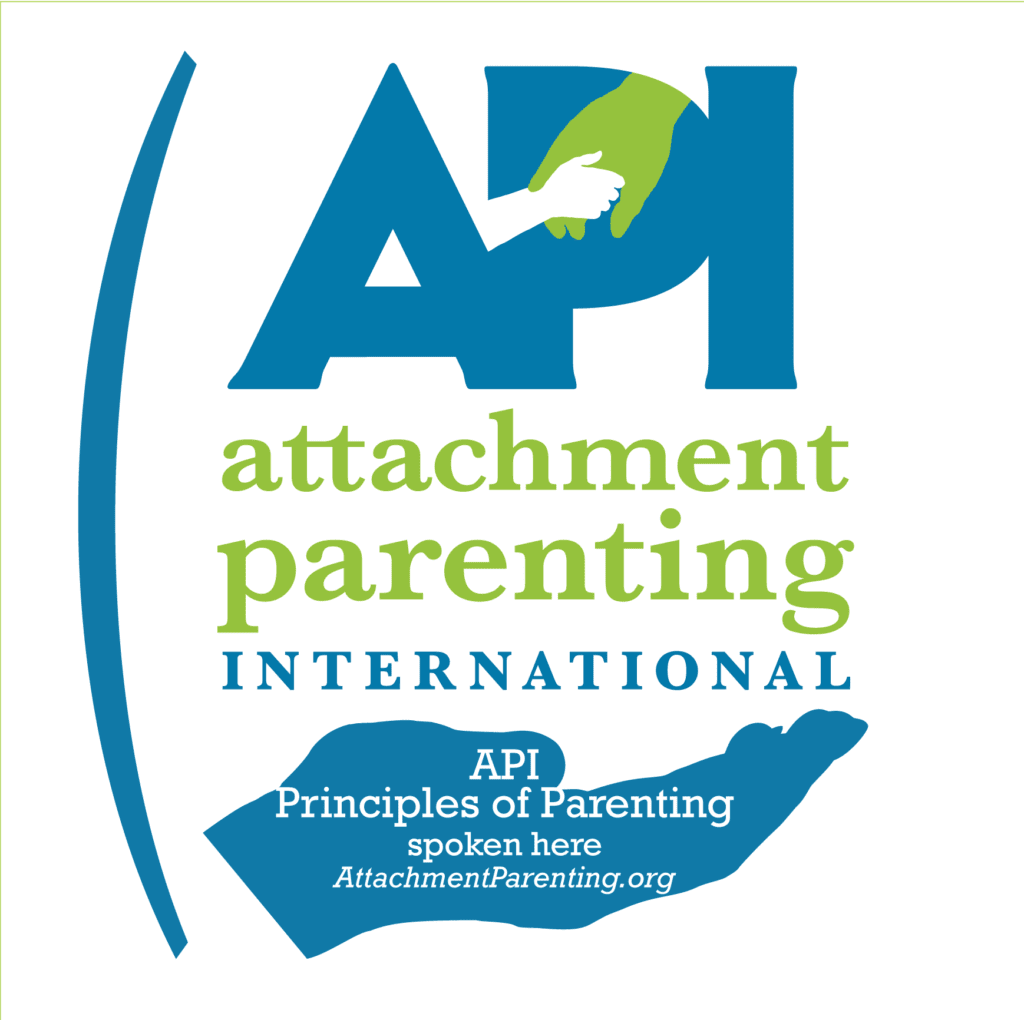How can I tell the difference between an accommodation and a support for my child’s anxiety?
Before I answer this week’s question, I want to define accommodation and support. I think it’s confusing because when we talk about children who have 504 plans or an IEP for school, accommodations are a good thing. And when we’re looking at the research on child anxiety or OCD, accommodations are a negative thing. This is why I use the term Pitfalls as in parenting pitfalls instead of accommodations when I talk about them on my podcast and in my program.
For the purposes of this particular episode, I’m going to use accommodation because that’s what the person who asked the question used and again, because that’s what the literature uses. All right? So just to be crystal clear, we are NOT talking about the accommodations your child might have in their 504 or IEP program.
I am going to use the definition offered in the 2014 study Parental Accommodation of Child Anxiety and Related Symptoms from the Journal of Anxiety Disorders, which is “changes in parents’ behavior in attempts to prevent or reduce child distress.” That sums it up. It’s parent behavior (as an aside, siblings and grandparents and other caregivers might get pulled in) but it’s parent behavior and it’s meant to prevent or reduce distress for the anxious child.
I want you to really focus in on the “prevent or reduce” part of the definition. Accommodations are all about AVOIDANCE. They’re about avoiding the feelings that come with being anxious, that feeling of distress.
Common accommodations include:
–reassuring children repeatedly, trying to help them feel better about their worries
–intervening on a child’s behalf with others such as ordering at a restaurant, speaking for them when they are questioned
–Minimizing separation such as staying with them at night (and I’ve addressed co-sleeping several times on this podcast if you want to talk more about that, I encourage you to look at previous episodes), picking them up from school when they’re upset, or even showering with the door open because they get upset if they can’t see you
You can see that these are about helping a child NOT feel worried. And it’s natural that we would want to do this. You know why a baby’s cries are so upsetting right? Because we are meant to respond and stop it. Same with whining. We have a primal urge to prevent tears and upset in our kids. Very often we are responding before we’ve even thought about it. Our child is upset, and we immediately do what we can to minimize the upset.
Accommodations can work for non-anxious children. A child says, “what if my teacher gets mad” and we say, “Oh they’re not gonna be mad” and a non-anxious child says, Great! And moves on. An anxious child needs more reassurance. They get hooked on it because they are unable to tolerate the distress of their anxiety.
We all experience an anxiety but a child with an anxiety issue, feels it more often, feels it more deeply, and finds it more distressing. Which is to say, they have good reason to want to avoid their anxiety. They are not weaker than other kids, they are not unreasonable — they are truly feeling that anxiety more intensely. It’s a bigger deal for them. And avoidance is understandable. That said, it does not help.
Accommodations allow them to avoid and avoidance does not help.
Now. Supports. Supports help them tolerate. They encourage their ability to stick with the thing that scares or worries them. They help them acclimate to their feelings of distress so they are able to increase their distress tolerance.
All right? So that’s the major difference and it’s easy to remember: Accommodations allow avoidance, Supports Help them Stick with it. See? Alliteration for the win!
Ok, so we’re all on the same page here and we understand what we’re talking about but now things are going to get tricky because a support can become an accommodation or rather we may need to accommodate a bit as we move to support.
What I mean is, on our way to decrease accommodations and increase supports, we may need to move down the accommodation scale.
Let me give you an example. Let’s say we have a child who is afraid of dogs and so they won’t go in the backyard because the next door neighbors have a beagles who barks its head off whenever someone goes outside. A support to help them face their fears might be that a parent goes out with them. That helps them face the barking dog.
After awhile, the presence of a parent ceases to be a support and becomes an accommodation because as they acclimate to the barking dog, they need to face their anxiety about doing it alone.
When we’re planning to reduce accommodations and increase supports, we use a scale that helps us map levels of anxiety and we work to move the child from the bottom of the scale, where there is the lease anxiety, towards the top where there is more anxiety.
We do this in a systematic way, step by step so that we’re not overwhelming the child but also not overwhelming ourselves. This is especially important if we have kids who demonstrate their anxiety with meltdowns or other big behaviors.
If you are curious if your supports look more like accommodations, I encourage you to take my Parenting Pitfalls quiz, which is based on the Family Accommodations Scale assessment. Have questions? Let me know!


